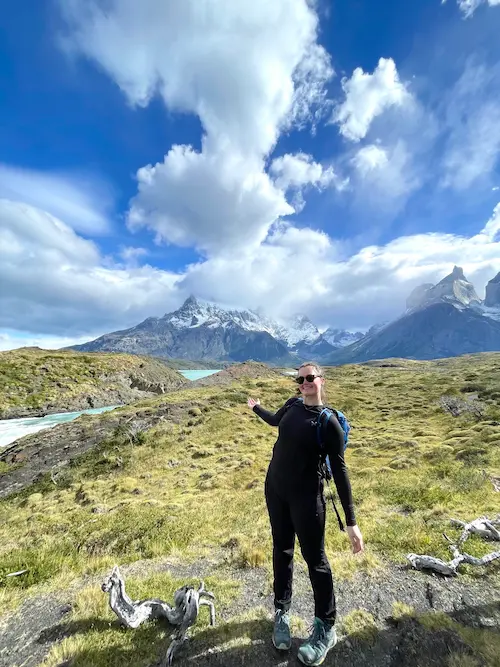Directed Research in Panama
The last four weeks of program at SFS are composed of Directed Research (DR). During this time students work with one of the Center’s four professors on a research project specific to that field of study. We have some students working in the rainforest, others conducting interviews for social science research, and two groups in the water with marine projects. As the resident lecturer in Tropical Coastal Ecology, I am leading one of the marine DR groups in a pilot study that is focused on examining growth on pilings and understanding their significance as habitat.
As the human population grows and the desire for seaside property continues to rise, coastal landscapes are being increasingly altered and developed. The destruction of natural habitats for the creation of these structures undoubtedly has negative influences on the ecosystem; however, the addition of new hard structure may also provide artificial habitats. Here in Bocas del Toro, tourism has been growing rapidly over the past 20 years, and as part of this growth the number of restaurants, hotels, and private homes that are built on or over the water on pilings has also increased. Therefore, it is important to understand the role pilings play as an artificial habitat.
Artificial structures are quickly colonized by many species of invertebrates, including oysters, ascidians, and sponges. Research in other areas has shown that although artificial structures may support similar species to nearby natural substrates, the abundance and frequency of those species may differ between the two types of sites. Fish also can be found around pilings, typically using them as a source of shelter. Whether these artificial structures can provide an ecosystem equivalent to a natural structure is still up for debate. Increased fish assemblages around pilings may not be solely the outcome of the presence of structure, but also the result of a supplementary food source when food waste is discarded from private homes or restaurants. Food provisioning can change the abundance, species diversity, and even size classes of fishes found in an area.
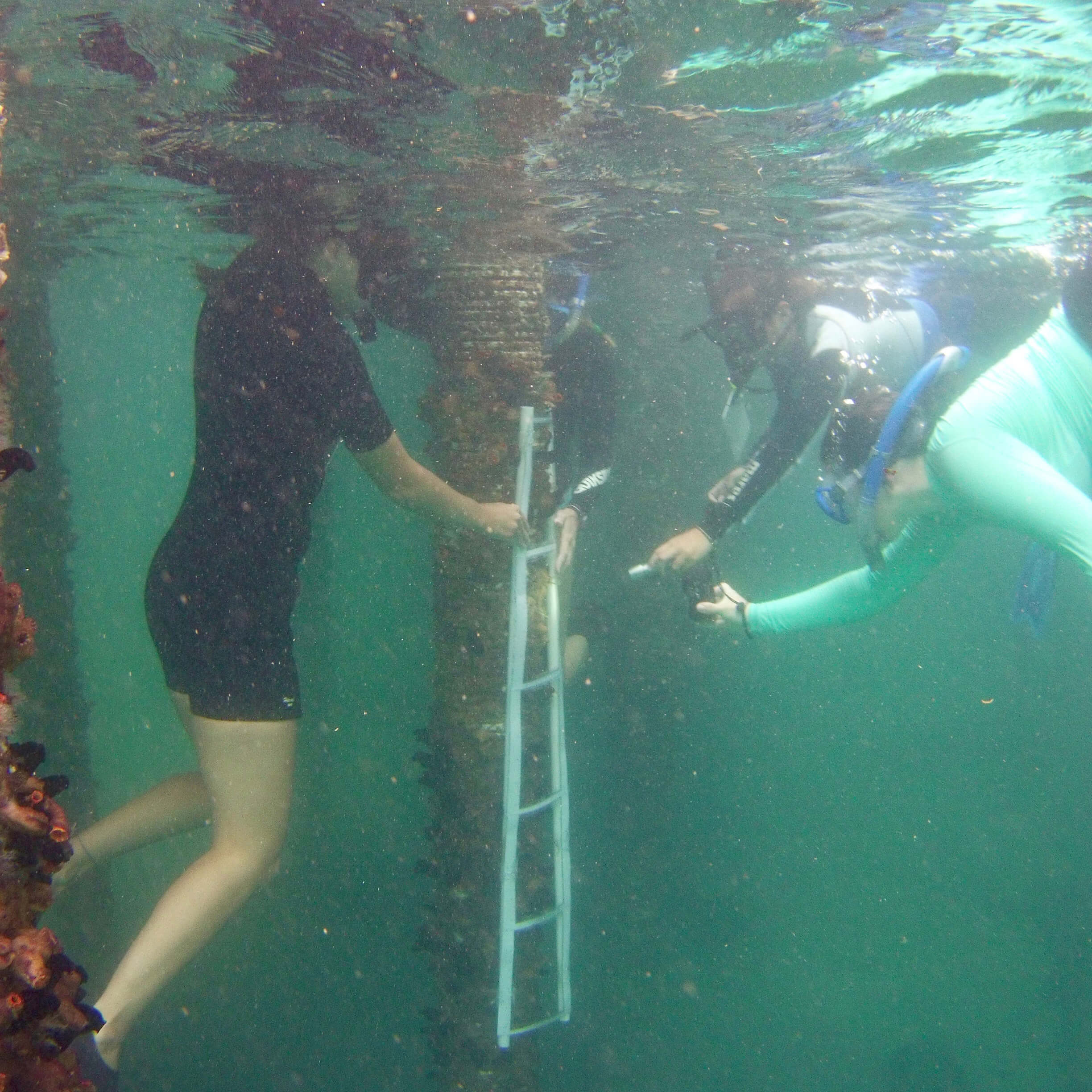
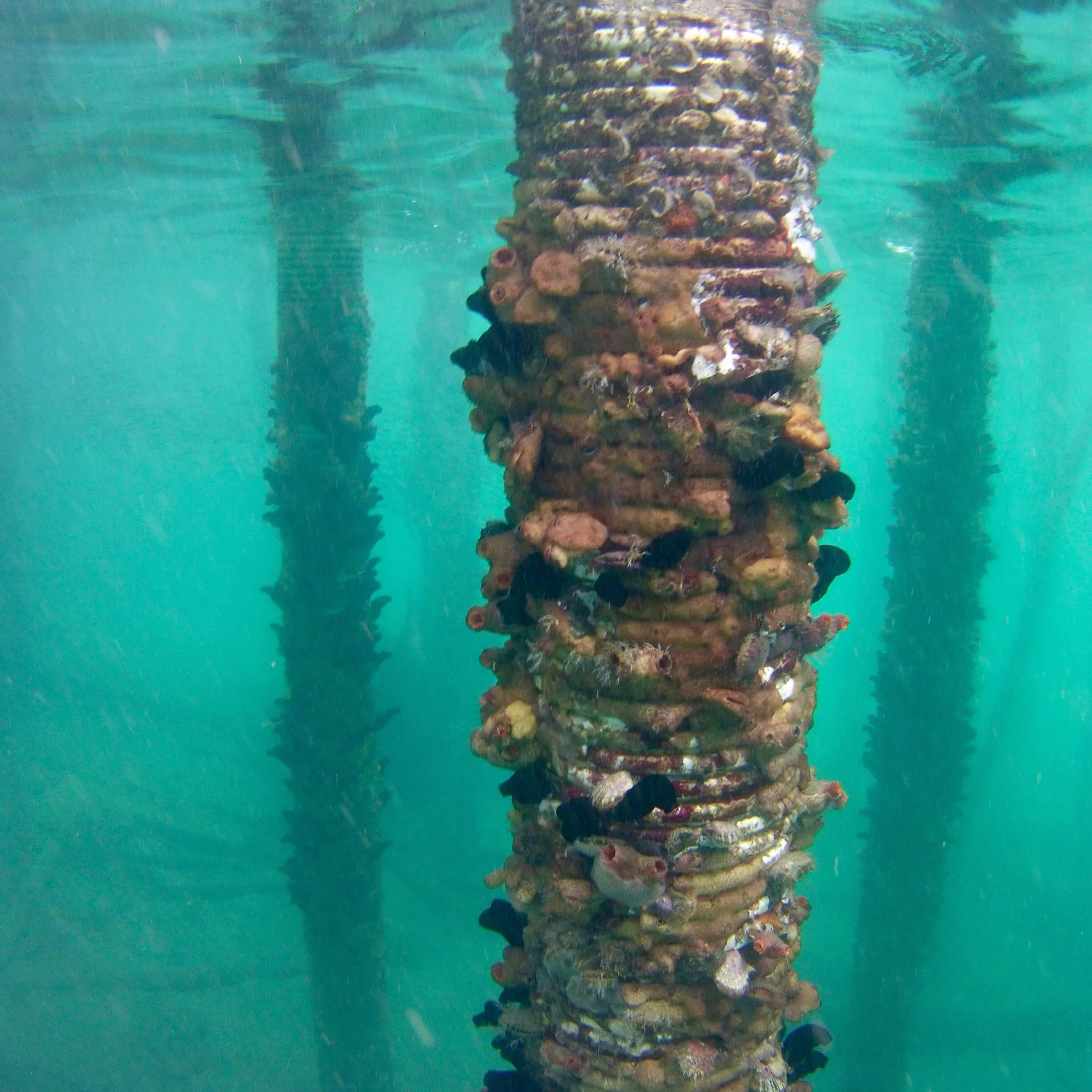
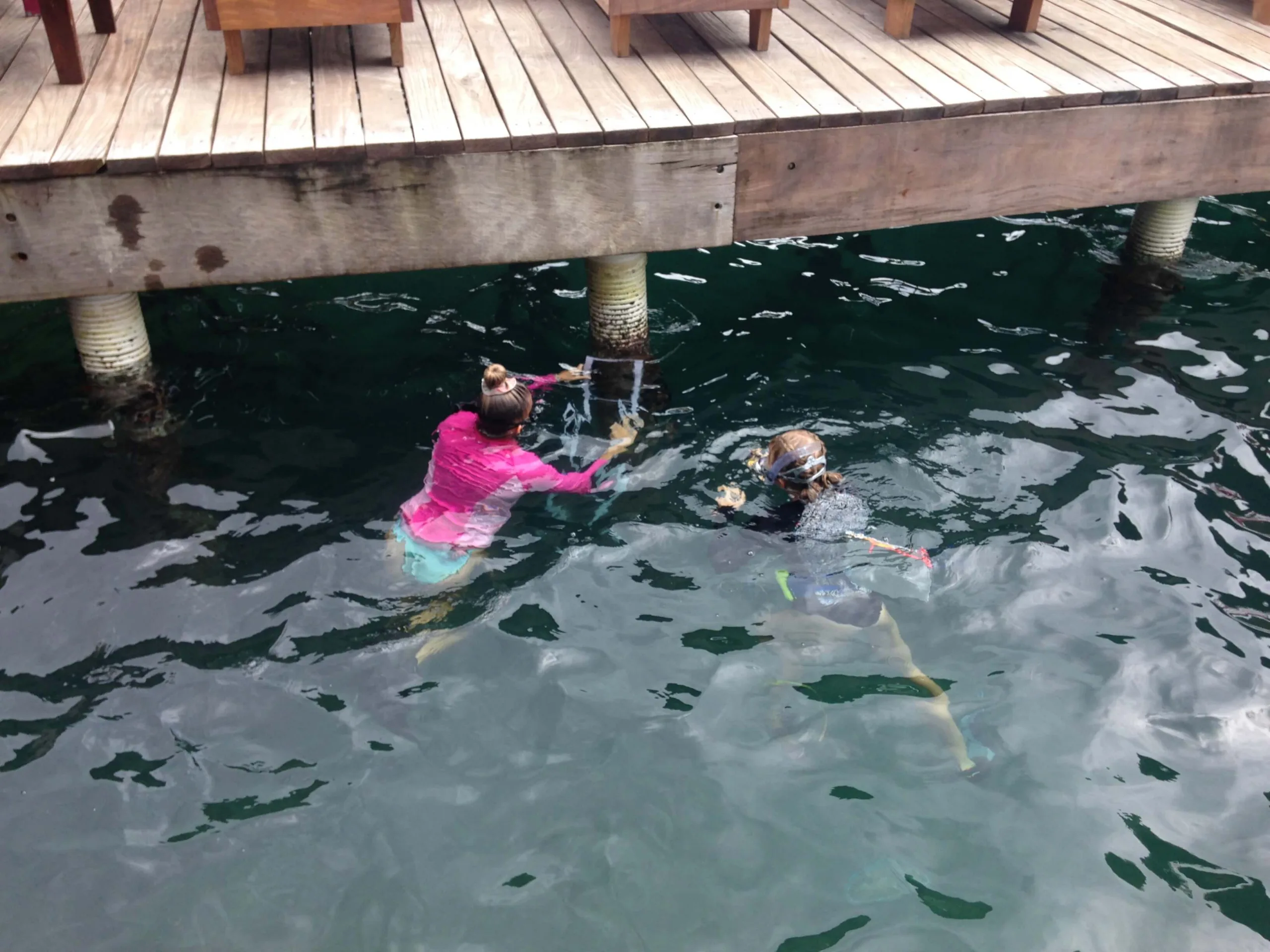
The overall aim of our research is to determine whether structures built in and over the water along the coastlines of Bocas del Toro are affecting local marine populations and if they are an effective habitat. The study will investigate invertebrate and fish species present in these habitats, as well as the species diversity and overall organism abundance. Eight students are working as a group on this project, but each has their own research question that they are focusing on, as seen below:
Leslie: Does the material of a piling affect the diversity and assemblage of species that grow on the piling?
Madison: How do artificial habitats affect the diversity and abundance of common sponge species?
Brooke: Do dock pilings and mangrove roots share similar percent species composition, allowing pilings to act as artificial mangrove communities?
Alaina: Do urban and non-urban pilings differ in algal diversity and abundance?
Katie: Does proximity of pilings to Bocas Town affect epifaunal species compositions and succession?
Raechel: Does piling distance from Bocas Town affect the species density and distribution of sea stars, ascidians, and bivalves?
Ella: Does the surrounding environment and human presence influence the abundance and size of fish found near pilings?
Sophia: Does fish species composition, abundance, and size vary among pilings near town, pilings near mangroves and reefs, and natural mangrove forests and coral reefs?
We are about halfway through DR and so far it has been going great. It is one of the hardest and definitely one of the most rewarding parts of the SFS program, as students have to not only conduct research but also write a proposal and come up with their own methods for how to collect data. We have another week in the field followed by a week of data analysis and writing, and I know that everyone in our group is excited to see the results that their data and the data of their peers produce!
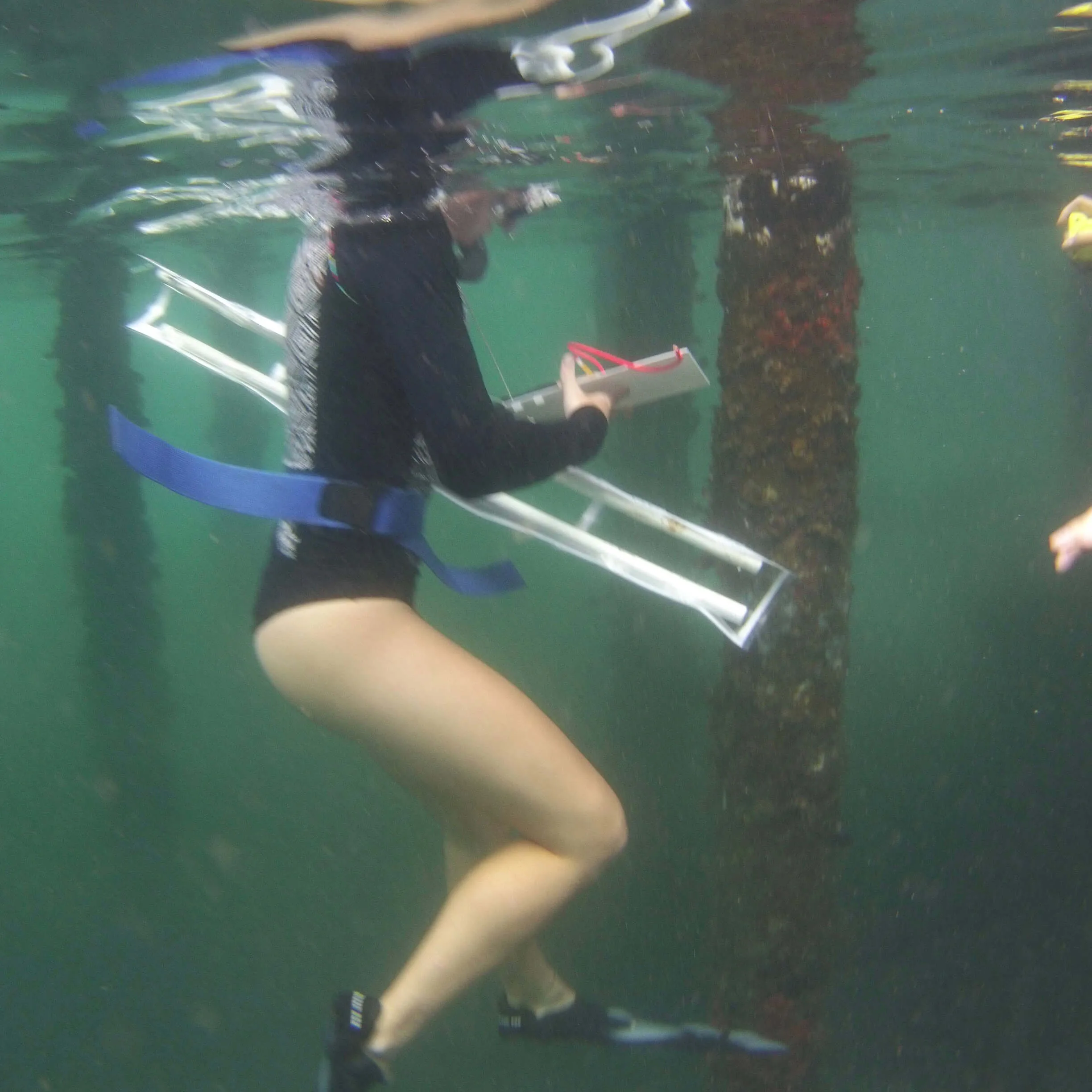
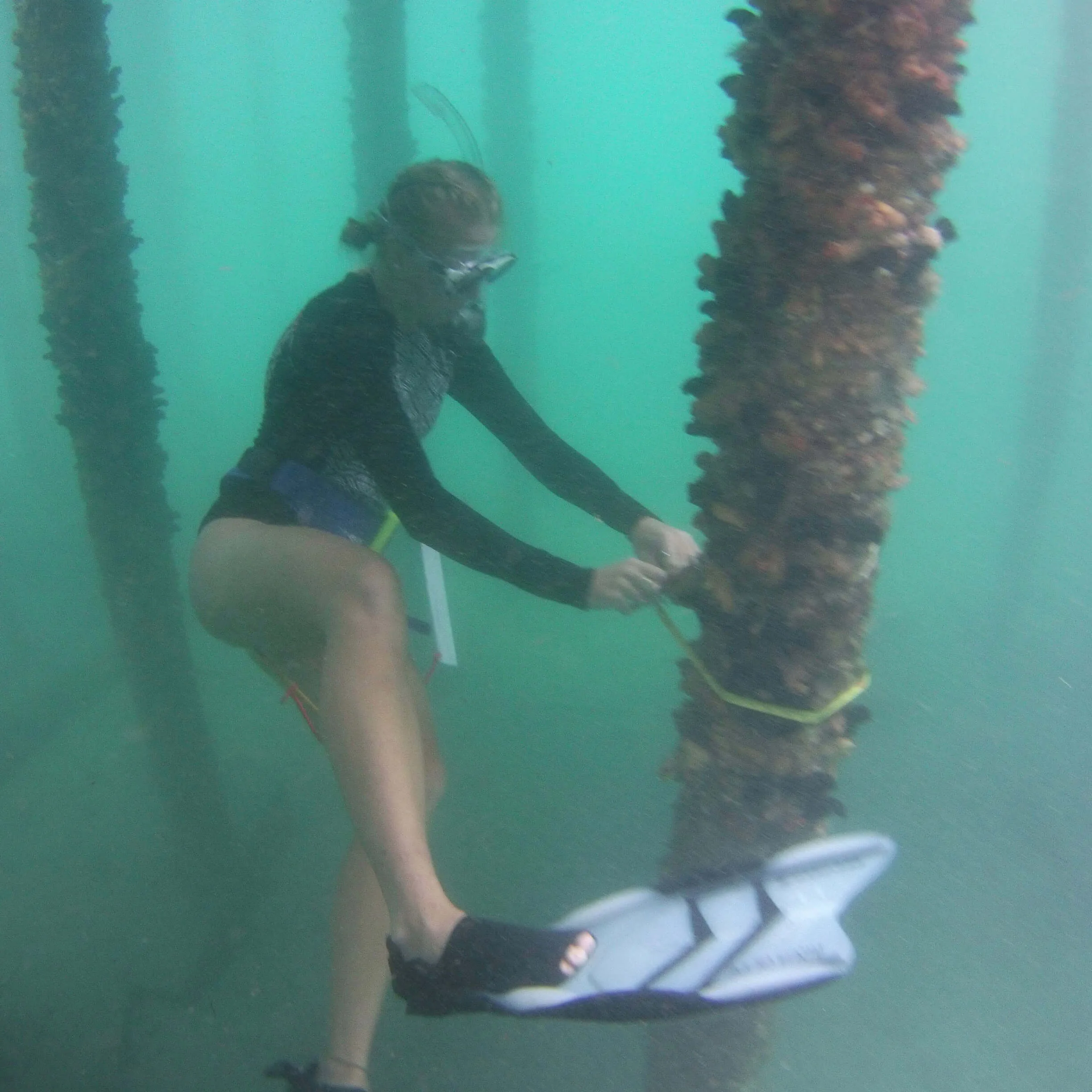
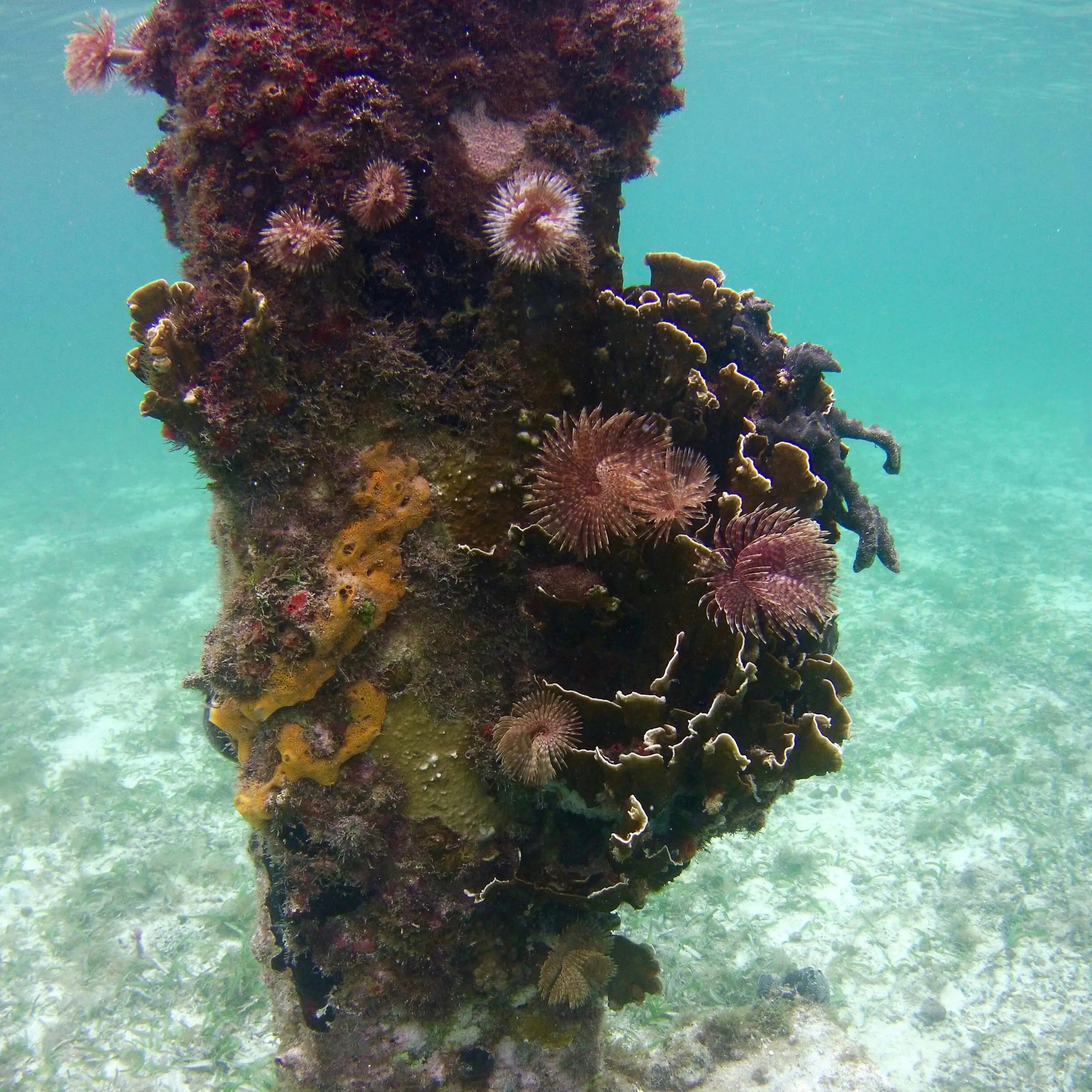
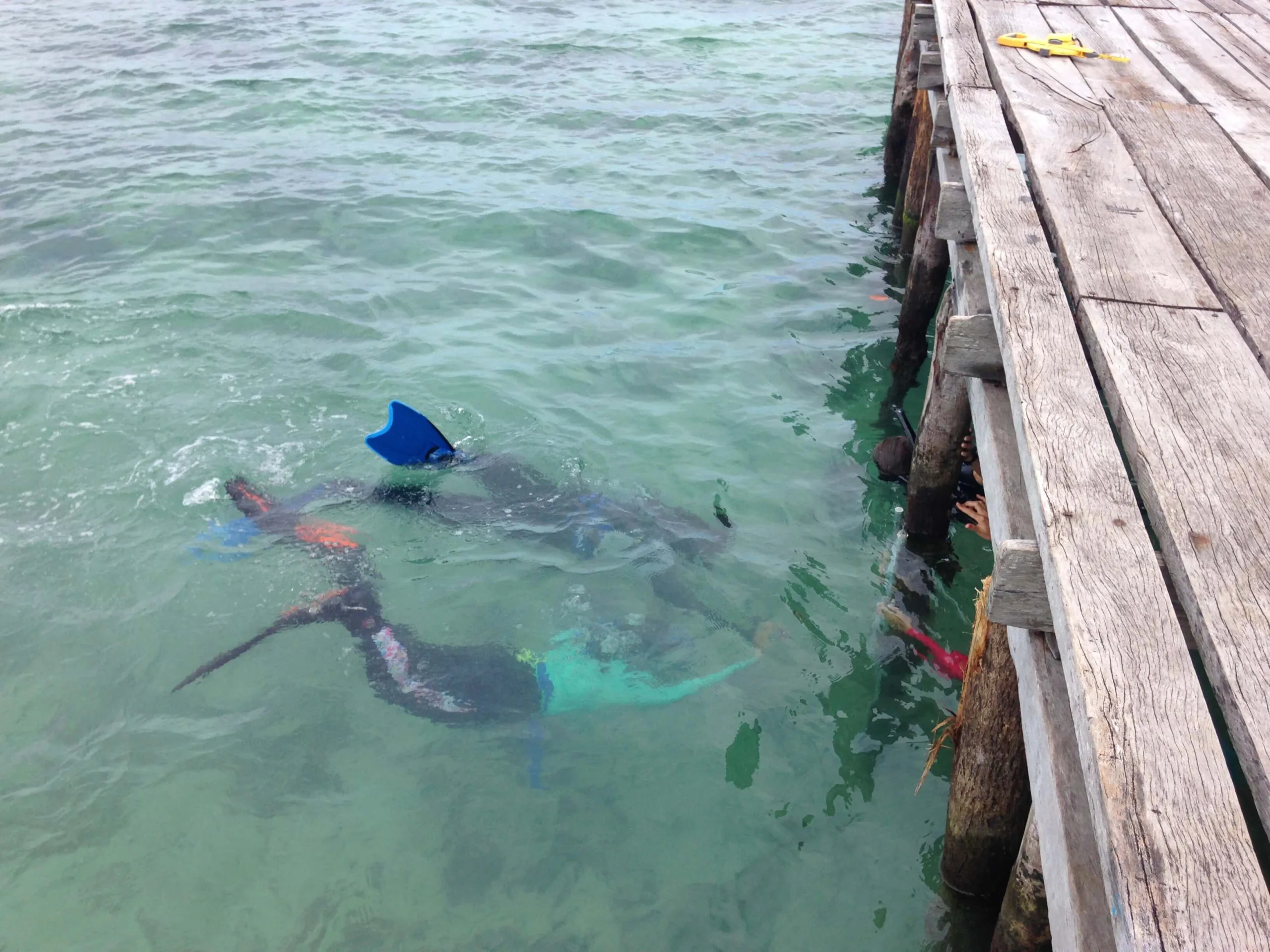
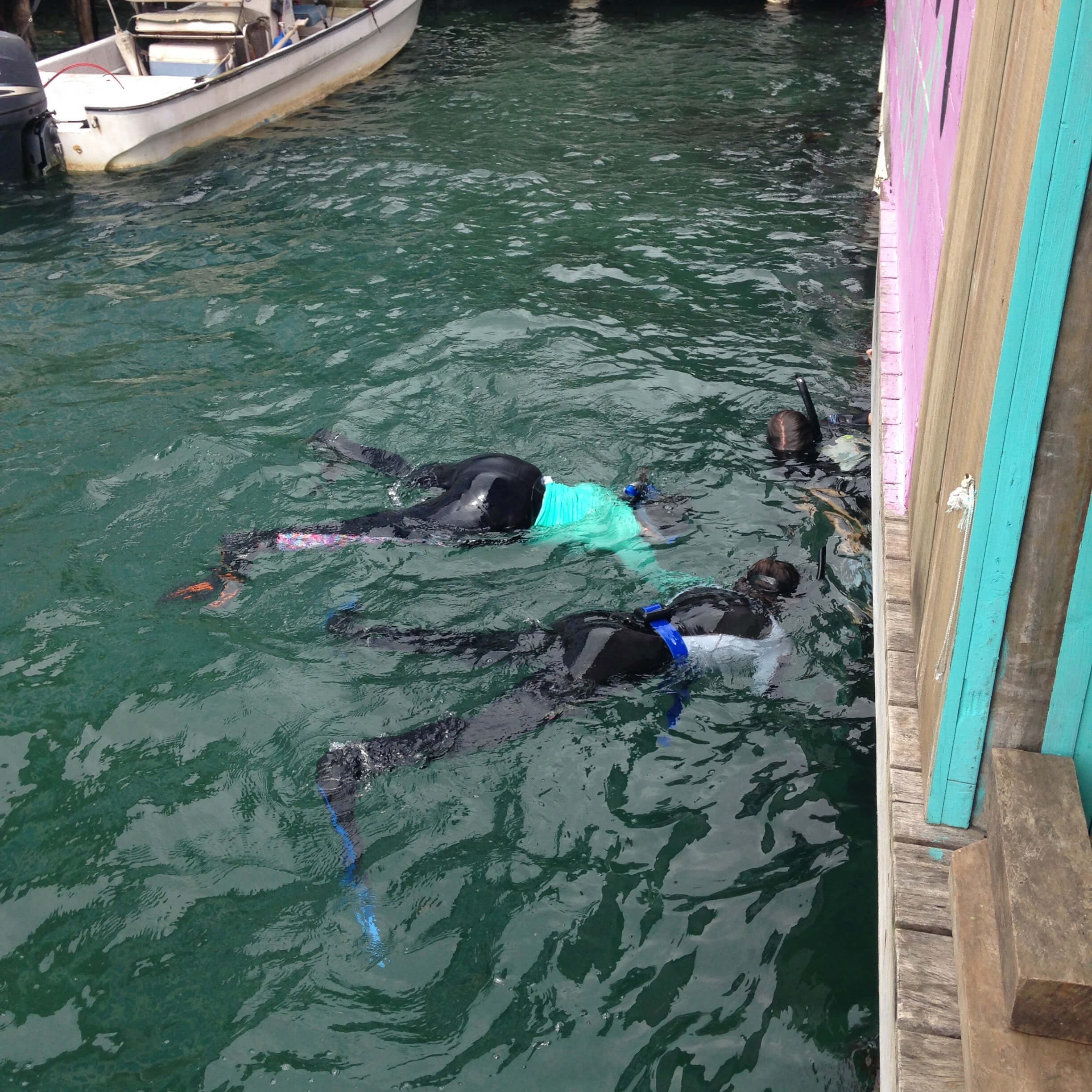

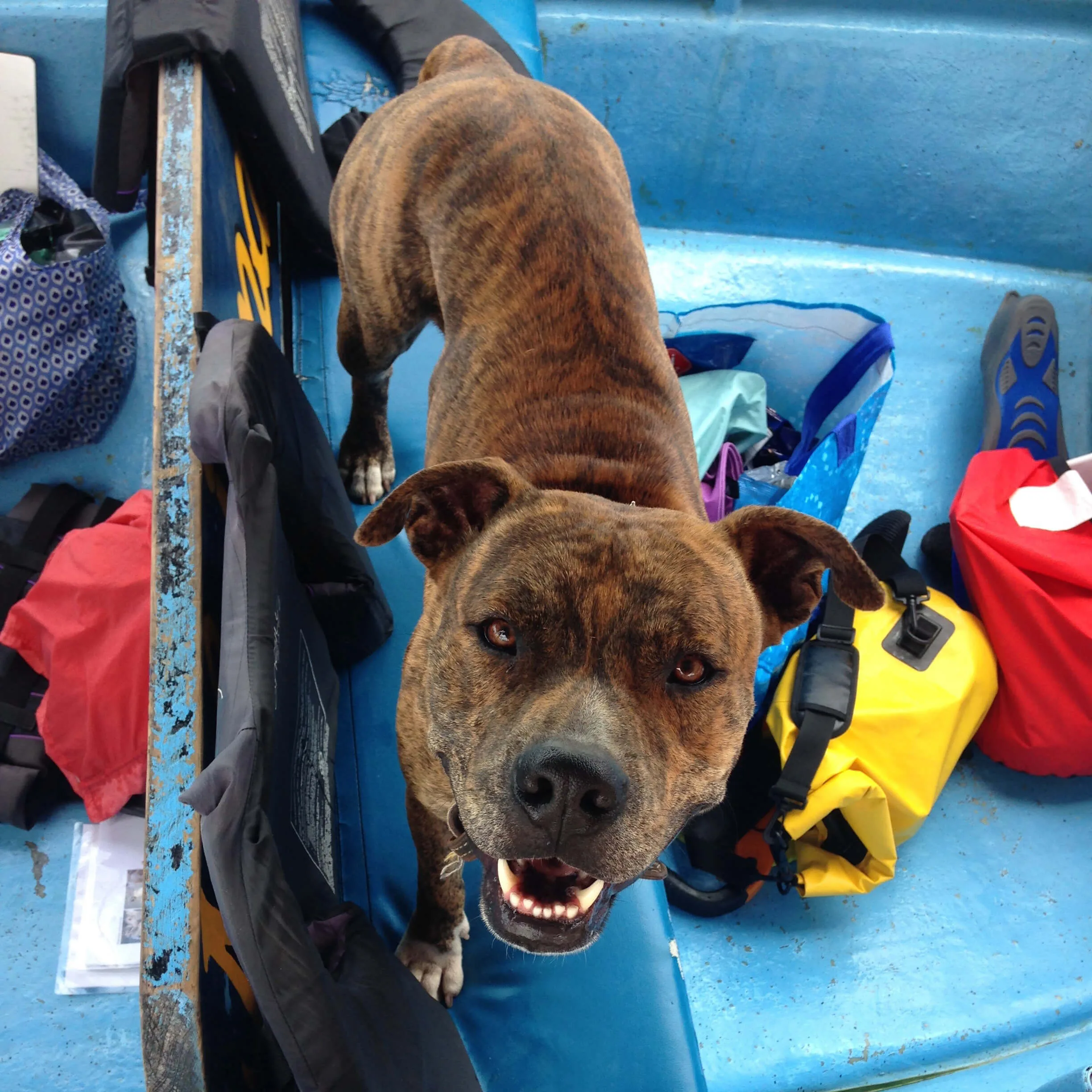
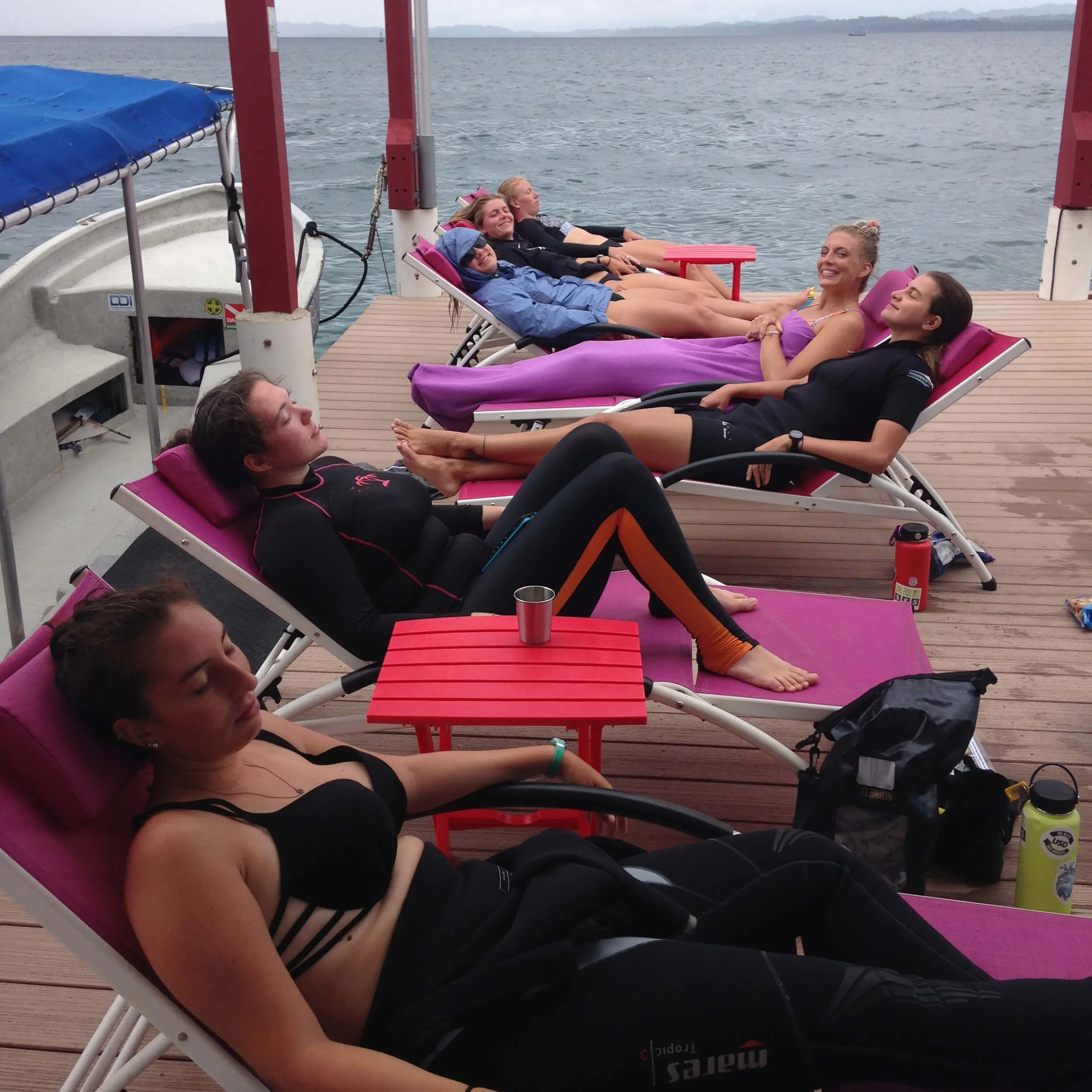
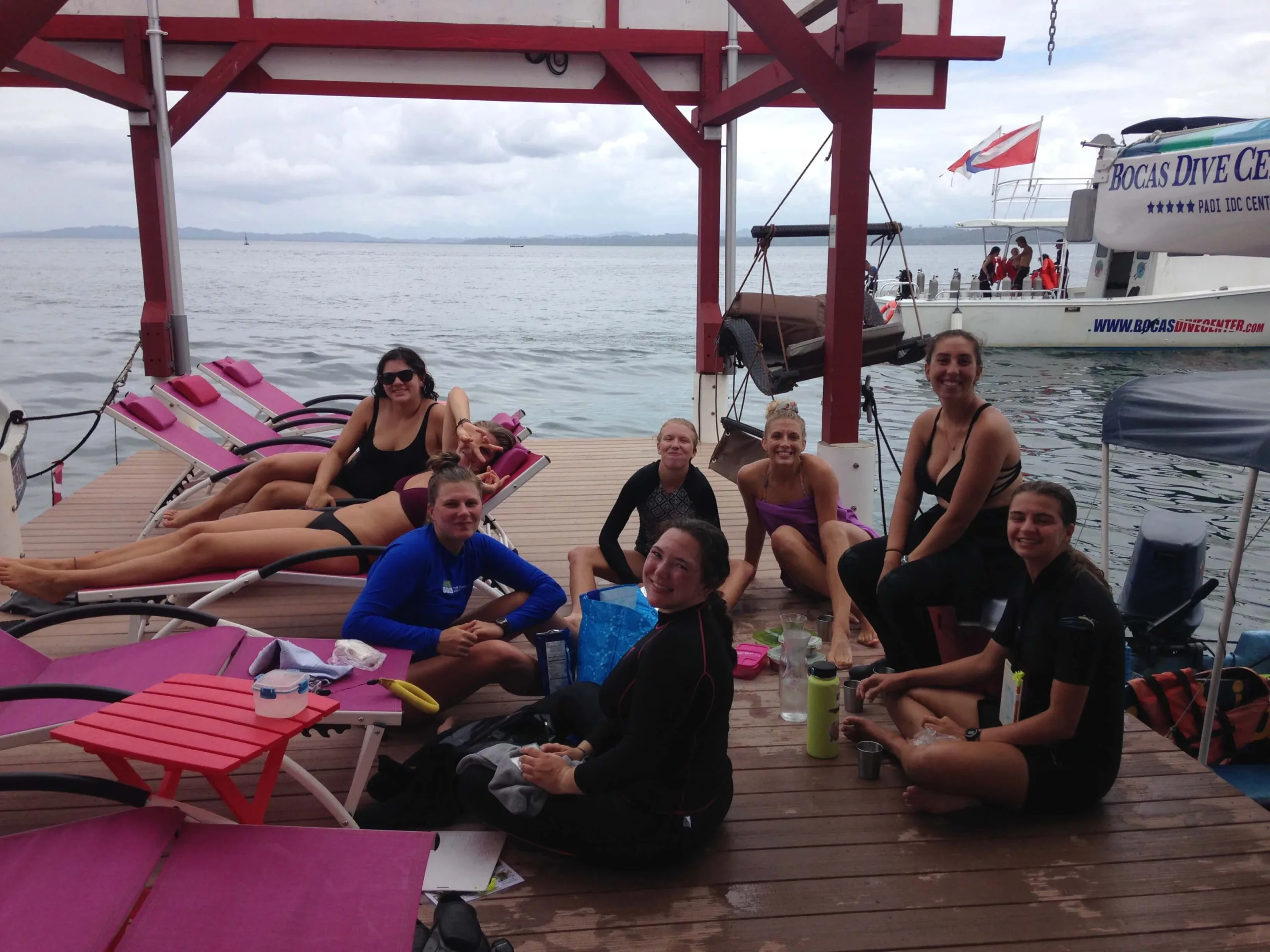
Related Posts


